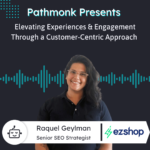
As business-to-business (B2B) sales evolve, staying competitive and driving growth are crucial. Traditional sales techniques may be effective, but with the advancements in artificial intelligence (AI), a new frontier has opened up to revolutionize B2B sales. One such breakthrough technology is generative AI, which has the potential to transform how businesses identify prospects, create personalized content, and make data-driven sales decisions.
We’ll provide a comprehensive guide on how to use generative AI to boost your B2B sales effectively. We’ll explore the benefits of generative AI, discuss the implementation process, address potential challenges and ethical considerations, and provide real-world examples of successful applications. Whether you are a sales professional or a business owner, understanding and harnessing the power of generative AI can give you a competitive edge in the B2B sales landscape.
What is Generative AI?
Generative AI is a subset of artificial intelligence (AI) that focuses on training models to generate new content, such as images, text, or music, based on patterns and examples from existing data. Unlike other AI techniques that primarily focus on recognizing patterns or making predictions, generative AI goes a step further by creating new content that didn’t previously exist. This ability to generate novel content makes generative AI a powerful tool for various applications, including B2B sales.
At the core of generative AI lies deep learning algorithms, which enable the models to learn complex patterns and generate content that closely resembles what humans would create. By analyzing vast amounts of data, generative AI models gain an understanding of the underlying patterns and are capable of producing high-quality, contextually relevant content.
While generative AI falls under the broader umbrella of AI, it differs from other AI techniques in terms of its primary focus and capabilities. Here are key differentiating factors:
- Generative AI vs. Supervised Learning: Supervised learning involves training models on labeled data to make predictions or classify inputs. Generative AI, on the other hand, focuses on learning patterns from unlabeled data and generating new content based on those patterns.
- Generative AI vs. Machine Learning: Machine learning algorithms are often used to analyze and interpret data, uncover patterns, and make predictions. Generative AI takes this a step further by generating new content that is not explicitly present in the training data.
- Generative AI vs. Reinforcement Learning: Reinforcement learning revolves around training agents to make sequential decisions through interactions with an environment. Generative AI, although it can be combined with reinforcement learning, primarily focuses on content generation rather than decision-making.
Generative AI has found successful applications across diverse industries, showcasing its versatility and potential. Here are a few notable examples:
- Creative Industries: In the realm of art, generative AI has been used to create stunning paintings, compose unique music, and generate lifelike virtual characters. These applications demonstrate the ability of generative AI to push the boundaries of human creativity and inspire new artistic expressions.
- Content Creation: Generative AI has been employed to automate content creation processes, such as generating product descriptions, blog articles, and social media posts. This streamlines content production, saves time, and allows you to deliver personalized content at scale.
- Product Design: By analyzing existing designs and patterns, generative AI can assist in generating new product designs. This has been particularly useful in industries like fashion, architecture, and automotive design, where innovative and unique designs are highly valued.
- Chatbots and Virtual Assistants: Generative AI enables the development of intelligent chatbots and virtual assistants capable of engaging in natural and human-like conversations. These AI-powered conversational agents provide personalized support, answer queries, and enhance customer experiences.
The Benefits of Generative AI in B2B Sales
Increase +180%
leads
demos
sales
bookings
from your website with AI
Get more conversions from your existing website traffic delivering personalized experiences.

Using Generative AI to Identify and Qualify Potential Leads
By analyzing large volumes of data to identify potential leads, generative AI can be a game-changer in lead generation. By training the generative AI model on historical lead data, it can learn patterns and characteristics that signify high-quality leads. This allows you to prioritize your efforts on leads with the highest conversion potential, saving time and resources.
Streamlining the Prospecting Process Through Automation
Generative AI can automate the labor-intensive task of prospecting by analyzing vast amounts of data from various sources, such as social media, company websites, and industry databases. The AI model can extract relevant information, such as company size, industry, and recent activities, to provide sales teams with a comprehensive view of potential prospects. This streamlines the prospecting process, enabling sales teams to focus their efforts on the most promising leads.
Free template: CRO audit checklist
Discover everything you need to start identifying drop-offs and increase conversions.
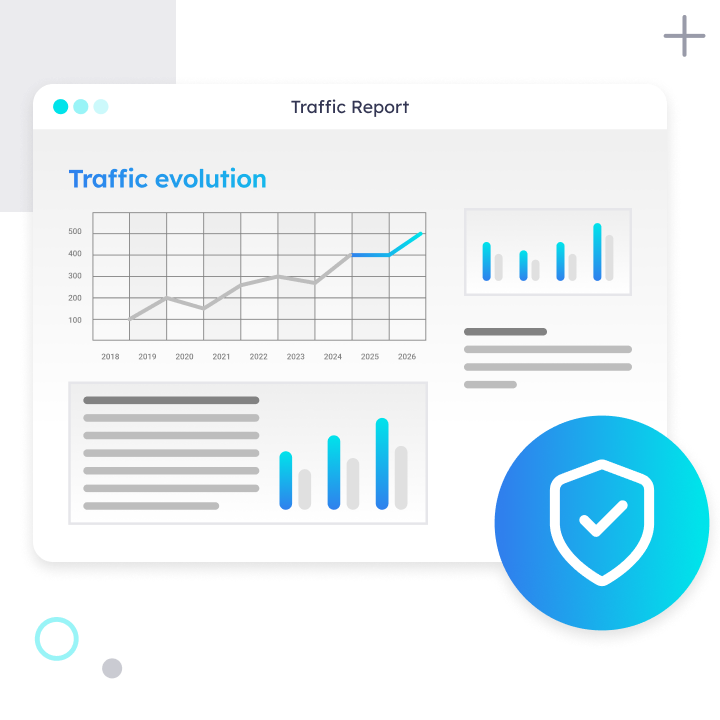
Leveraging Generative AI to Create Tailored Content for Target Audiences
With generative AI, you can create highly personalized marketing and sales content at scale. By analyzing customer data, browsing behavior, and preferences, the AI model can generate content that resonates with individual prospects. Whether it’s personalized emails, product recommendations, or dynamic website content, generative AI can provide a level of personalization that enhances customer engagement and increases the chances of conversion.
Improving Customer Engagement and Conversion Rates
Personalized content generated by generative AI can significantly improve customer engagement. When prospects receive content that addresses their specific needs and preferences, they are more likely to engage with it, leading to increased interest and trust. The enhanced engagement can ultimately boost conversion rates and drive higher sales revenue.
Using Generative AI to Analyze Sales Data and Identify Trends
Generative AI can analyze historical sales data to identify patterns, trends, and correlations that may not be apparent to human analysts. By recognizing hidden relationships between different variables, such as customer behavior, market conditions, and sales performance, generative AI can provide valuable insights for sales forecasting. This empowers you to make informed decisions and anticipate market trends with greater accuracy.
Enhancing Decision-Making and Optimizing Sales Strategies
Generative AI’s ability to analyze vast amounts of sales data allows you to optimize your sales strategies. By leveraging the insights generated by the AI model, sales teams can identify the most effective tactics, allocate resources more efficiently, and refine their approaches based on data-driven recommendations. This enhances decision-making, increases sales efficiency, and drives better overall business outcomes.
Selecting the Right Generative AI Tools for Sales Teams
To harness the power of generative AI in your sales efforts, selecting the right tools that align with your specific needs and objectives is crucial. Here are six of the best generative AI tools available in the market, along with their key features, applications, and guidance on how to use them effectively:
1. OpenAI's GPT-4 (Generative Pre-trained Transformer 4)

- Key Features: GPT-4 is a state-of-the-art language model capable of generating human-like text based on prompts provided. It can understand and respond to a wide range of contexts and generate coherent, contextually relevant content.
- Applications: GPT-4 can be used for generating personalized sales emails, drafting marketing copy, creating dynamic content for websites, and assisting with customer support through chatbots or virtual assistants.
- How to Use: Provide clear prompts and specify the desired output format. Experiment with different inputs and refine prompts to achieve the desired level of accuracy and coherence in generated content.
2. Salesforce Einstein
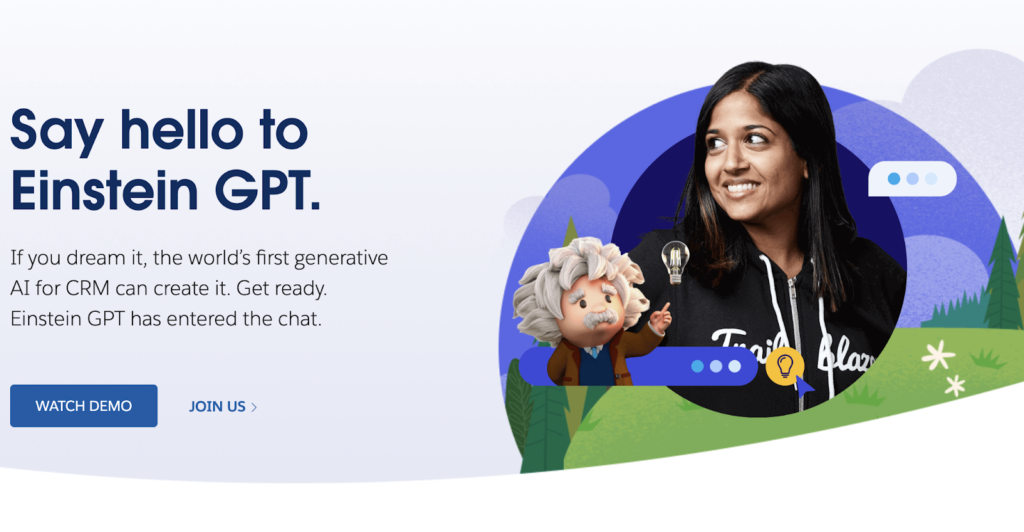
- Key Features: Salesforce Einstein is an AI-powered platform integrated into Salesforce’s customer relationship management (CRM) software. It uses machine learning and natural language processing to provide predictive insights, automate tasks, and personalize customer experiences.
- Applications: Salesforce Einstein can enhance lead scoring and prioritization, provide sales forecasting and pipeline analytics, automate routine tasks, and generate personalized recommendations for sales and marketing content.
- How to Use: Activate and configure Salesforce Einstein within your Salesforce CRM instance. Use the platform’s features and capabilities to automate processes, gain insights, and leverage predictive analytics for sales optimization. For specific details on features like Activity Capture and its costs, you can research Einstein Activity Capture pricing to better understand the investment required.
3. Conversica
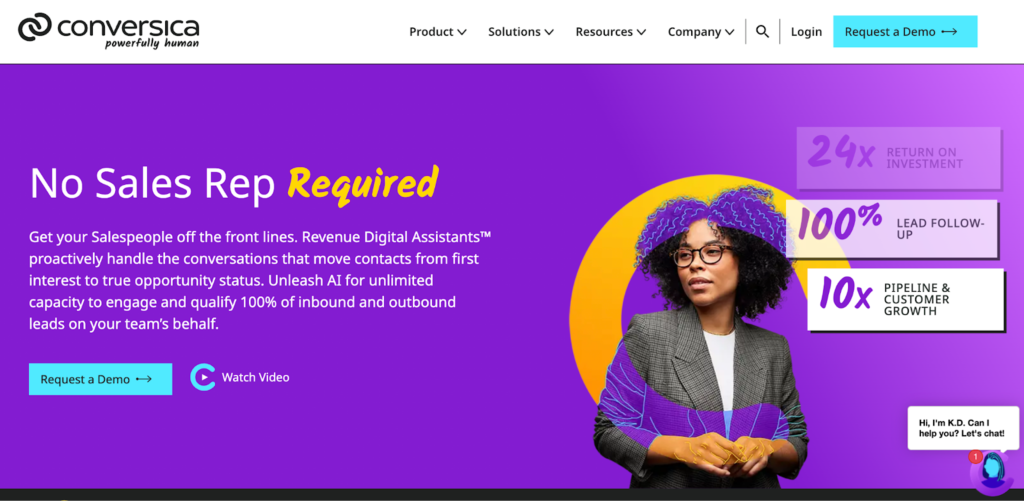
- Key Features: Conversica is an AI-powered virtual assistant for sales and marketing teams. It uses natural language processing and machine learning to engage with leads, qualify prospects, and nurture customer relationships through email conversations.
- Applications: Conversica can automate lead follow-up, engage in personalized email conversations, qualify leads, schedule meetings, and provide real-time notifications to sales teams for timely intervention.
- How to Use: Integrate Conversica with your existing CRM or email system. Configure the virtual assistant’s behavior, language, and engagement strategies. Monitor and review the assistant’s conversations to ensure accuracy and make necessary adjustments for optimal performance.
4. Phrasee
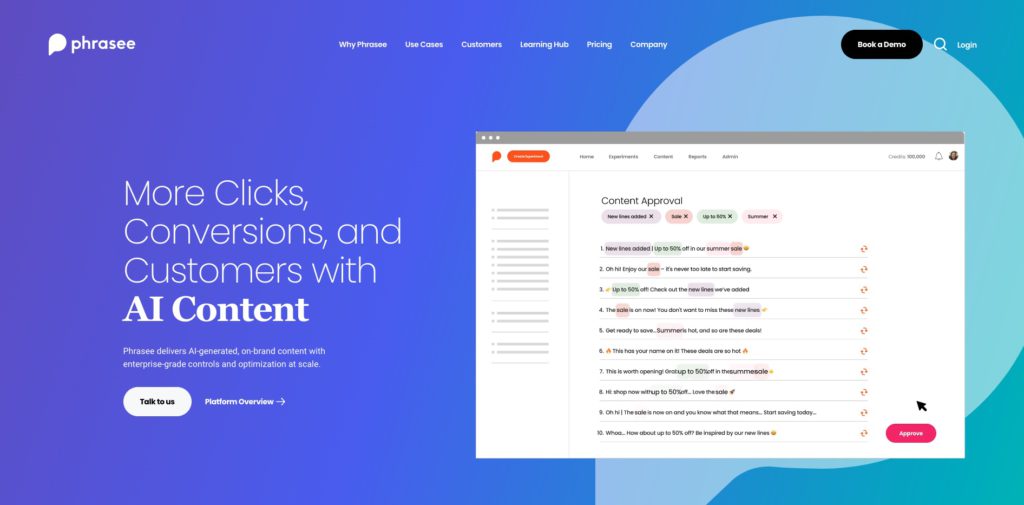
- Key Features: Phrasee is an AI-powered tool specializing in generating compelling and engaging marketing copy, particularly for email marketing campaigns. It leverages natural language generation to optimize subject lines, email content, and calls to action.
- Applications: Phrasee can enhance email marketing campaigns by generating subject lines and email content that maximize open rates, click-through rates, and conversions. It provides A/B testing capabilities to compare the performance of AI-generated copy against human-created copy.
- How to Use: Integrate Phrasee with your email marketing platform. Define the parameters and objectives of your campaign, and generate AI-generated subject lines and email content. Conduct A/B testing to evaluate the performance and iterate on the generated copy for optimal results.
5. 6sense

- Key Features: 6sense uses machine learning to analyze data and predict potential buyers, enabling sales teams to focus on high-conversion prospects. It also provides insights into target accounts’ buying behavior, allowing marketers to deliver personalized campaigns.
- Applications: 6sense can identify and engage potential buyers through targeted campaigns, focus on high-value accounts based on intent data, and tailor messaging and engagement strategies based on buyer intent.
- How to Use: Integrate 6sense with your CRM and marketing automation systems for seamless connectivity. Develop personalized campaigns for key accounts using insights from 6sense’s account-based marketing capabilities. Measure performance, identify areas for improvement, and make data-driven decisions through 6sense’s analytics and reporting features.
6. Octane AI
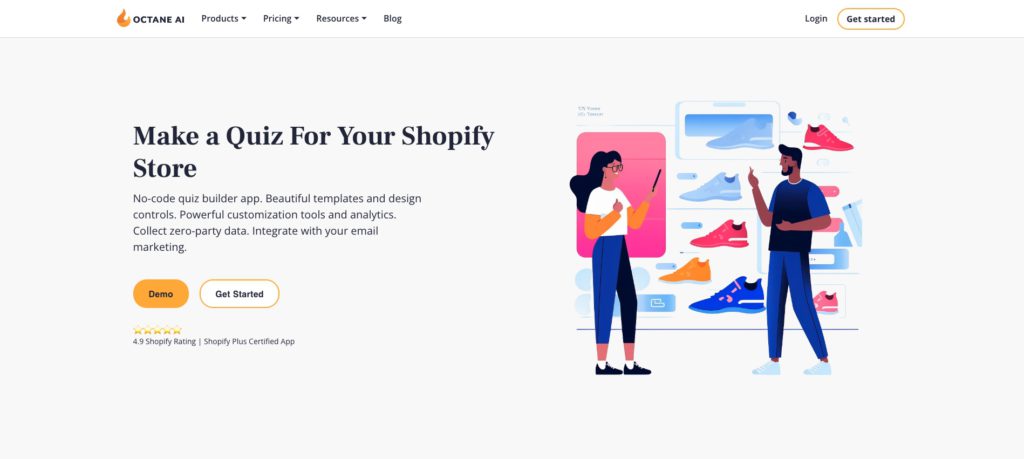
- Key Features: Octane AI is an AI-powered platform specializing in conversational marketing and chatbots. It uses natural language processing and machine learning to engage customers in personalized conversations through various messaging platforms, such as Facebook Messenger and SMS.
- Applications: Octane AI can automate customer interactions, provide personalized recommendations, and collect valuable customer insights. It is particularly effective in driving engagement, capturing leads, and nurturing customer relationships through conversational marketing.
- How to Use: Integrate Octane AI with your preferred messaging platforms. Configure chatbot flows, personalized responses, and lead capture mechanisms. Use the AI-powered chatbot to engage with customers, answer queries, recommend products or services, and facilitate conversions.
When selecting generative AI tools for your sales team, consider factors such as ease of integration, scalability, compatibility with existing systems, and the specific features and applications that align with your sales objectives. It is advisable to thoroughly evaluate the tools, assess their performance, and align them with your sales processes to maximize their benefits and drive sales success.
AI in Sales: Enhancing Productivity or Replacing Salespeople?
While AI can enhance productivity, there are ongoing debates about its potential to replace human salespeople entirely. Some argue that AI-powered systems can handle certain aspects of the sales process independently, such as lead qualification, customer support, and even closing deals. However, it is important to consider the following factors:
- Complex Relationship Building: Sales often involves building relationships, understanding customer needs, and providing personalized solutions. Human salespeople excel in interpersonal skills, empathy, and adapting to complex customer interactions, which may be challenging for AI to replicate fully.
- Emotional Intelligence: Sales professionals often rely on emotional intelligence to understand customer motivations, address concerns, and establish trust. While AI can analyze data, it may struggle to interpret and respond effectively to emotional cues and subtle nuances in customer interactions.
- Unpredictable and Dynamic Situations: Sales environments can present unpredictable scenarios that require quick thinking, adaptability, and creativity. Human salespeople are adept at navigating these situations, leveraging their experience, intuition, and problem-solving skills.
Conclusion
In the fast-paced world of B2B sales, harnessing the power of generative AI can transform the way you do business. Leveraging generative AI tools can enhance lead generation, personalize marketing and sales content, and optimize sales forecasting and predictive analytics.
These benefits ultimately contribute to driving revenue growth and gaining a competitive edge in the B2B sales landscape. However, it is important to carefully select the right generative AI tools that align with your specific needs and objectives.
By considering factors such as features, applications, and integration processes, you can effectively leverage generative AI to boost your B2B sales strategies, improve customer engagement, and achieve greater success.



